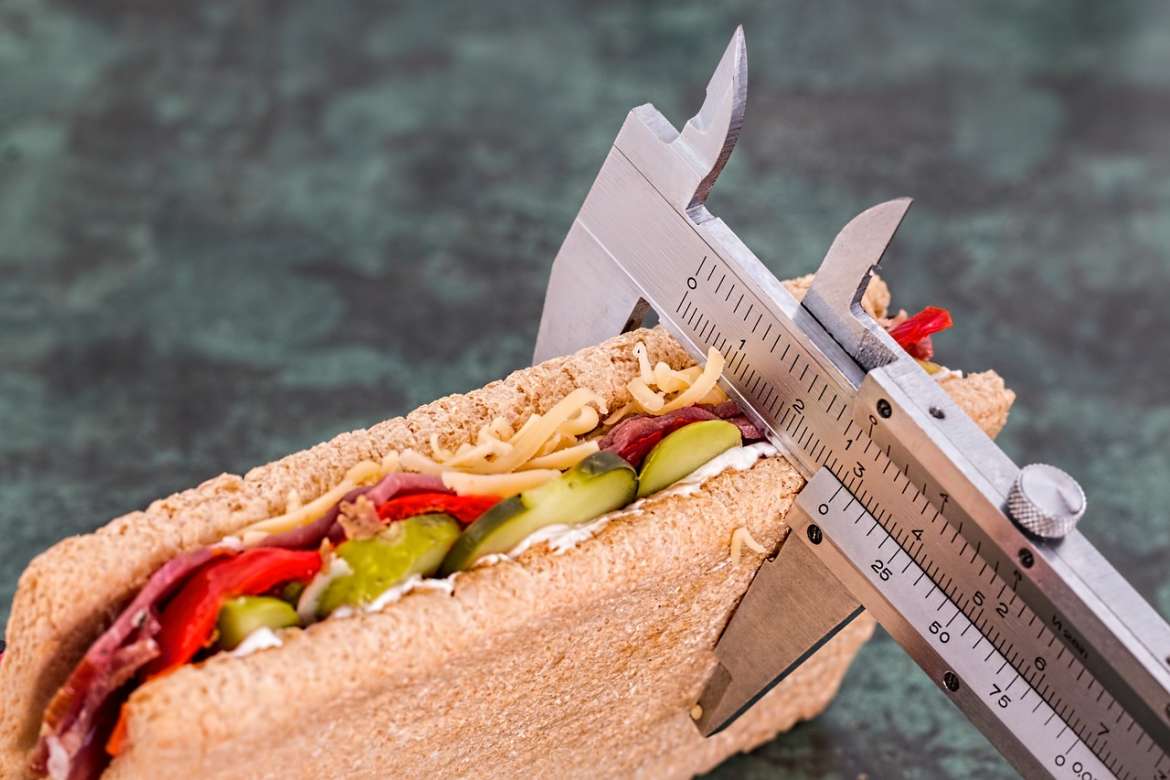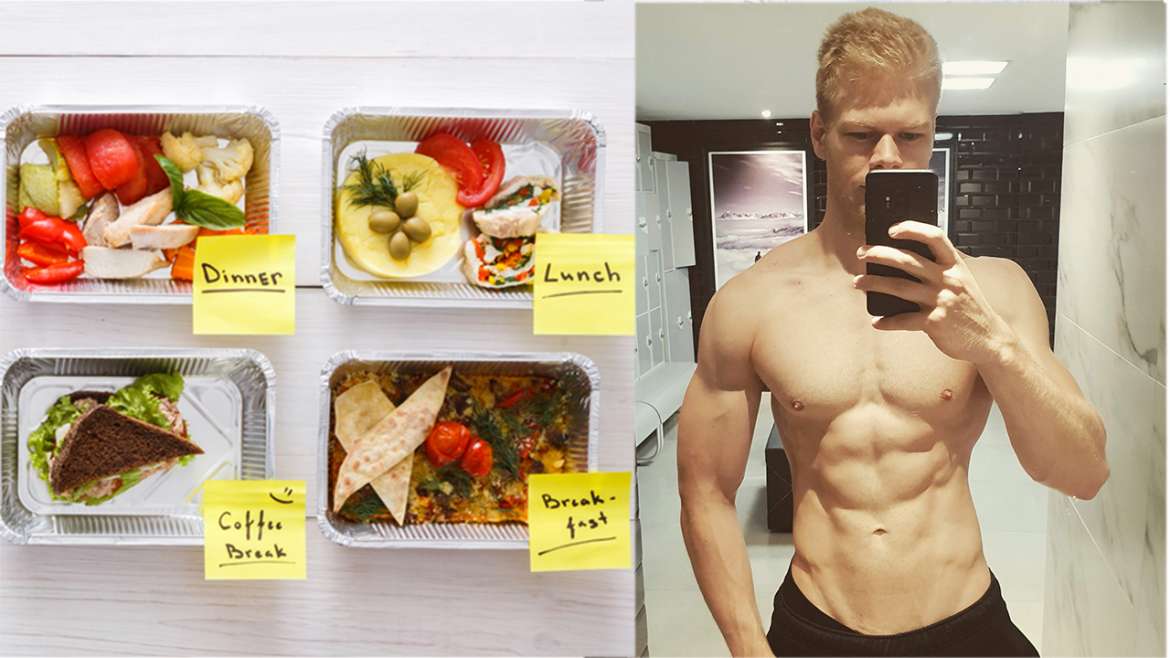The single most important variable in determining diet success is your calorie balance. From a scientific standpoint, whether you gain weight or lose weight is determined by the first law of thermodynamics which states that energy cannot be created or destroyed, it can only be transformed from one type to another.
I don’t want to turn this into a physics lesson, but when applied to dieting the first law of thermodynamics states that your body weight is dependent only on the difference between the number of calories that you consume versus the number of calories that you burn, which is known as your caloric balance.
Want To Watch The Video Instead?
What Is A Calorie?
Before we go into the different forms of calories balances, let’s first talk about what a calorie actually is.
A calorie is the amount of energy needed to raise the temperature of 1 liter of water by 1 degree Celsius. That means a calorie is a form of energy measurement.
When you eat food, you are consuming the energy that is stored in the food. Your body then uses this energy to produce movement and keep your organism alive. Alternatively if not all energy is used right away it can also be stored for later use. Some energy can be in the muscles and liver as glycogen, but these stores fill up pretty quickly so your body will then stored any additional calories in the form of body fat.
Some energy can be in the muscles and liver as glycogen, but these stores fill up pretty quickly so your body will then stored any additional calories in the form of body fat. Back to calorie balance. There are 3 different states of calorie balance, and you can only be in ONE state at any time.
The 3 Different Calorie Balances – Positive, Negative, Neutral
There are 3 different states of calorie balance, and you can only be in ONE state at any time.
The first is a Negative calorie balance. This occurs when someone burns MORE calories than he or she consumes. Here, your body needs more calories to produce energy for your daily functions than it gets for your food.
That means it makes up the difference by burning stored energy, meaning you will lose weight. Because the necessary energy will come from the breakdown of body tissues, a negative calorie balance ALWAYS results in weight loss.
This can sometimes be masked by changes in water retention but if we exclude this factor there have been ZERO exceptions in medical history so far discovered.
The second state is a neutral calorie balance. Here, a person’s intake of calories is the same as his expenditure on activities and body processes. This means all the calories you consume will be used for some form of body process and your weight will remain stable.
Now, of course, calorie intakes and activities on any given day are not going to be 100% the same but over the course of weeks and months a neutral calorie balance is quite possible. If you weight hasn’t changed over the last few months your calorie balance is almost always neutral.
The third and last state is a positive calorie balance. Here, more energy is consumed thourgh food than is being burned to produce body processes or movement. As I explained before in this case, the extra calories are stored as either glycogen in the muscle and liver or as fat.
Ok so now that you know the fundamentls behind calorie balance let’s see how all this dry theory can help us with actual real life dieting.
What you need to understand is that your calorie balance will determine how much muscle you can gain and how much fat you can lose over any period of time. Why?
Because calories are literally the building blocks of body tissues. If you want to build more muscle you not only need to train but you also need to provide your body with the necessary raw materials to form muscle cells.
On the other hand, if you want to burn you have to make sure that not enough calories are shuttled into fat cells to keep them the same size. I explain both processes in more details in the muscle building and fat loss formula.



